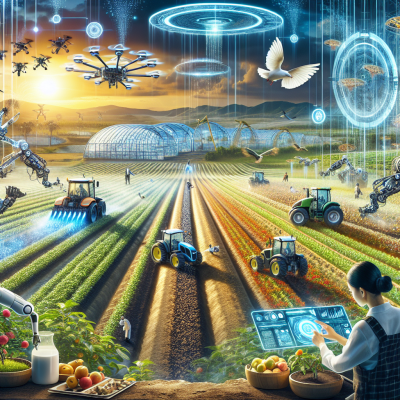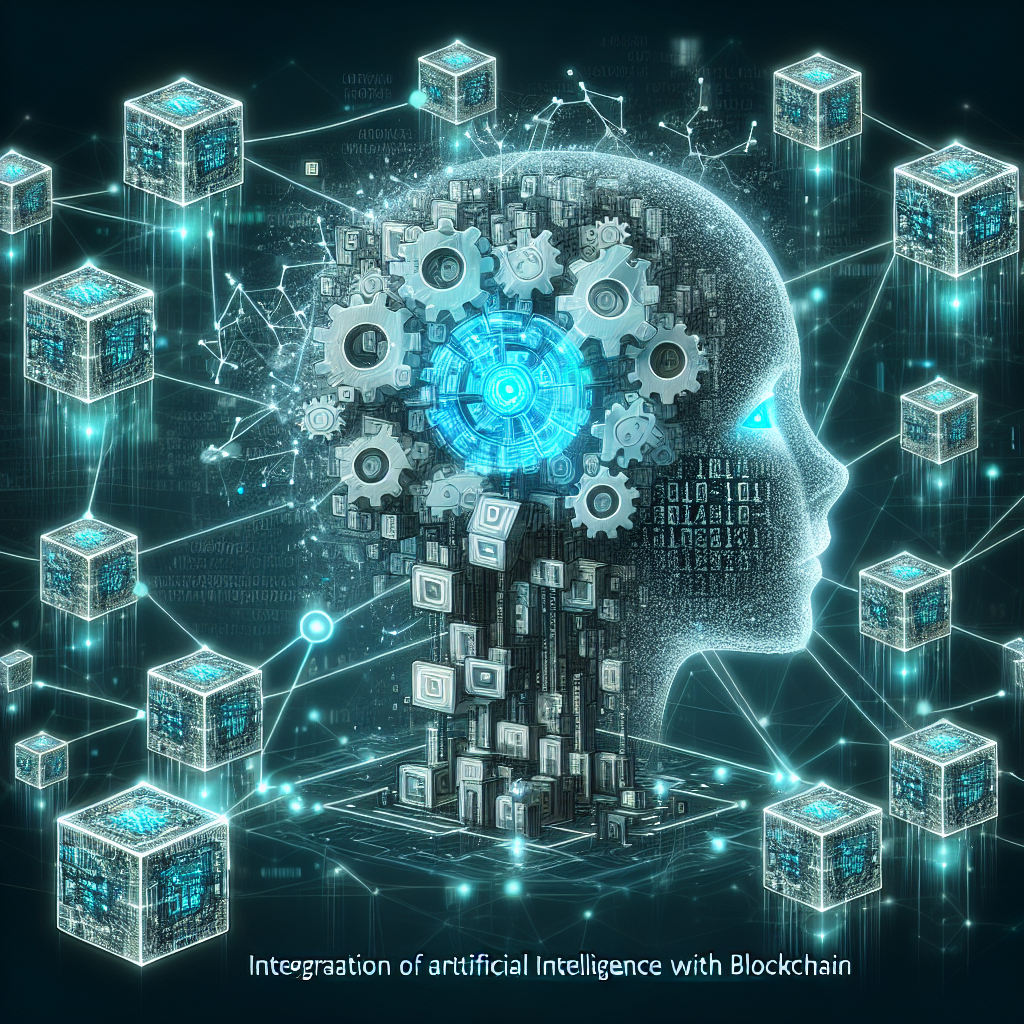
Introduction
The agriculture industry is undergoing a revolution. With the unsurpassed pace of technological advancement, 2025 has marked a significant milestone in the journey of modern farming. From precision agriculture to Internet of Things (IoT) integration, these innovations are not only enhancing farm productivity but also making agriculture more sustainable and resource-efficient. In this blog, we’ll dive into the top 2025 farming innovations that are reshaping the agricultural landscape.
1. Precision Agriculture: Farming with Accuracy
Understanding Precision Agriculture
Precision agriculture refers to the use of data-driven technologies to monitor and optimize field-level management of crops. By deploying advanced tools that collect real-time data, farmers can make more informed decisions about planting, irrigation, fertilization, and harvesting.
Key Components of Precision Agriculture:
- NDVI Imaging (Normalized Difference Vegetation Index): As shown in the image above, NDVI helps in monitoring plant health with precision by analyzing how plants absorb and reflect light.
- GPS-Guided Equipment: Ensures accuracy in planting and spraying, thereby reducing waste and increasing yields.
- Remote Sensing: Drones and satellites are being employed to track changes in crop conditions from above.
2. Smart Automation in Modern Farming
Autonomous Machines Changing Field Operations
Automation in agriculture has transcended the mere use of tractors. In 2025, smart robots and autonomous vehicles are handling everything from soil preparation to harvesting.
Top Automation Tools:
- Self-driving tractors: These machines use GPS and AI to accurately till, plant, and cultivate crops without human intervention.
- Agri-bots: Robots are being programmed for specific tasks like weeding, pruning, and harvesting, significantly increasing efficiency.
- Drones for Crop Surveillance: Drones assess plant health, detect diseases early, and even apply pesticides selectively.
3. IoT Integration: An Interconnected Farming Ecosystem
Smart Sensors and Real-Time Monitoring
The Internet of Things (IoT) is bringing connectivity to the farmlands by linking various agricultural components to a centralized data system.
How IoT Is Transforming Farms:
- Soil Moisture Sensors: Allow farmers to optimize irrigation schedules, conserve water, and prevent overwatering.
- Climate Control Systems: Automated greenhouses use IoT to control temperature, humidity, and light, creating ideal growing conditions.
- Livestock Monitoring: Wearables track animal health and activity, ensuring better herd management and disease prevention.
4. Artificial Intelligence and Machine Learning
Smarter Insights Lead to Better Farming Decisions
AI and machine learning are fueling predictive analytics in farming. AI-driven tools can analyze massive datasets to determine disease outbreaks, yield predictions, and optimal planting strategies with remarkable accuracy.
Key Benefits Include:
- Disease Prediction Models: Early identification of crop diseases significantly reduces yield losses.
- Yield Forecasting Algorithms: Help farmers and agribusinesses in supply chain planning and price optimization.
- Smart Supply Management: AI helps in managing supply and demand, reducing food wastage significantly.
5. Sustainable Farming Through Data Analytics
Data-Driven Sustainability
Modern technology not only boosts productivity but also enables farmers to adopt more sustainable farming practices. With analytics, farmers can make precise use of inputs like water, fertilizers, and pesticides, reducing environmental impact.
Efficiency Boosters:
- Carbon Footprint Reduction: By optimizing machinery use and chemical applications, technology helps cut down emissions.
- Water-Efficient Irrigation: Technologies like drip irrigation systems, powered by sensor data, are reducing water wastage.
- Fertilizer Optimization: Utilizing field data ensures fertilizers are applied only where necessary, avoiding runoff.
6. Blockchain in Agriculture
Boosting Transparency and Traceability
Blockchain is adding a layer of security and transparency to the agri-supply chain. By ensuring the authenticity of food sourcing and enabling smart contracts, it’s empowering both farmers and consumers.
Real-World Use Cases:
- Supply Chain Traceability: Consumers can trace the origin of produce, enhancing food safety.
- Fair Trade Enforcement: Farmers receive proper compensation through blockchain-verified transactions.
- Inventory Management: Track produce from farm to fork in real time, reducing spoilage and loss.
7. Vertical and Urban Farming Techniques
Innovative Solutions for a Growing Population
With global population on the rise and arable land shrinking, vertical and urban farming are coming into play. These techniques are rethinking farming in city environments using hydroponics, aeroponics, and LED-powered greenhouses.
Advantages:
- Space Efficiency: Grow more food using less land with stacked layers or rooftop farms.
- Local Food Supply: Decreases the need for long-distance transportation, cutting emissions.
- Climate Independence: Controlled environment facilities ensure consistent yield year-round.
Conclusion
As we move through 2025, farming is no longer just about soil and seeds—it’s a high-tech endeavor powered by data, connectivity, and automation. These cutting-edge innovations are enabling farmers to produce more with fewer resources, shaping the future of agriculture with precision, sustainability, and global food security at heart. Whether it’s the latest in AI predictions or real-time drone imagery of your crops, modern technology continues to redefine what’s possible on the farm.
Stay tuned and connected—because the future of farming is already here, and it’s smarter than ever!


Leave a Reply